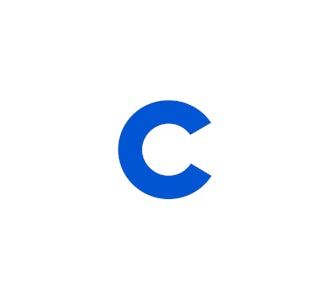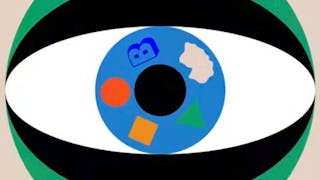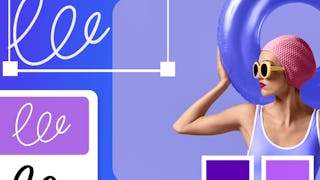![[Featured Image]: A person uses a tablet to create a digital design, one of the tasks you may see in a graphic design job description.](https://images.ctfassets.net/wp1lcwdav1p1/sxj3VIk8hg47KyiLEGOVX/eb83005f49fc4cded586c5b9bcf6c89f/GettyImages-2096397094.jpg?w=330&h=216&q=60&fit=fill&f=faces&fm=jpg&fl=progressive)
Graphic Design Job Description: Skills, Requirements, and Career Outlook
Discover the job requirements for becoming a graphic designer and learn more about the career outlook and the skills needed to pursue the profession.
March 11, 2025
Article
Learn more about the skills and certifications you need for a career in UX/UI, graphic design, virtual reality, the metaverse, and more.

Explore popular design and product courses

California Institute of the Arts
Skills you'll gain: Typography, Design Elements And Principles, Graphic Design, Graphic and Visual Design Software, Design, Logo Design, Digital Design, Graphic and Visual Design, Color Theory, Photo Editing, Adobe InDesign, Image Quality, Style Guides, Branding, Art History, Layout Design, Design Research, Visual Design, Design Strategies, Adobe Illustrator
Beginner · Specialization · 3 - 6 Months

Skills you'll gain: Adobe Express, Typography, Logo Design, Responsible AI, Digital Design, Layout Design, Creative Design, Visual Design, Graphic and Visual Design Software, Graphic Design, Adobe Firefly, User Interface and User Experience (UI/UX) Design, Color Theory, Content Creation, Generative AI Agents
Beginner · Course · 1 - 4 Weeks

Skills you'll gain: Responsive Web Design, Storyboarding, Wireframing, User Experience Design, UI/UX Research, Usability Testing, Information Architecture, Presentations, User Research, Web Design, Figma (Design Software), Design Reviews, Persona (User Experience), Web Content Accessibility Guidelines, User Story, Data Ethics, User Centered Design, Usability, Interviewing Skills, Applicant Tracking Systems
Build toward a degree
Beginner · Professional Certificate · 3 - 6 Months
Design and product cover a wide variety of skills and careers, from user experience (UX) design to product design to virtual reality and the metaverse. With so many options and opportunities available, it can be tricky to know where to start. On Coursera, you'll find expert resources to support your goals, whether you're just starting out or are ready to take the next step in your career. Explore design and product topics, including:
Interested in UX/UI Design? Find out more about UX and UI design and their differences, as well as what a UX designer does.
Interested in graphic design? Read about how to become a graphic designer, and explore the skills needed for a career in graphic design.
Interested in product design? Dive into what a product designer does and learn the difference between a UX designer and a product designer.
Ready to start learning? Explore our catalog of design, graphic design, and 3D design courses for beginners and experienced professionals.
A UX designer usually focuses on a portion of the design process, making sure a product is optimally designed for user experience. A product designer might focus on the entirety of the process, including ensuring a product fits a company’s business needs. UX designers might also work more heavily in the initial design stage of the product, while product designers often work to improve existing products.
A product designer often works with UX designers and is generally expected to have a good understanding of UX principles. Plus, sometimes the two titles are used interchangeably, which can lead to understandable confusion.
It can be easy to confuse a digital designer with a graphic designer, but there are differences. The key distinguishing feature is digital design's interactivity. A digital designer employs movement, animation, audio, video, and other interactive elements for digital formats such as websites and apps. A graphic designer's output is more likely to be static and intended for a format like print.
According to the US Bureau of Labor Statistics (BLS)*, web development and digital design roles are projected to grow much faster than average. A 16 percent growth rate is estimated for these jobs between 2022 and 2032. The median pay in the US as of 2022 was $80,730 per year, according to the BLS.
*US Bureau of Labor Statistics. "Occupational Outlook Handbook: Web Developers and Digital Designers, www.bls.gov/ooh/computer-and-information-technology/web-developers.htm." Accessed January 26, 2024.